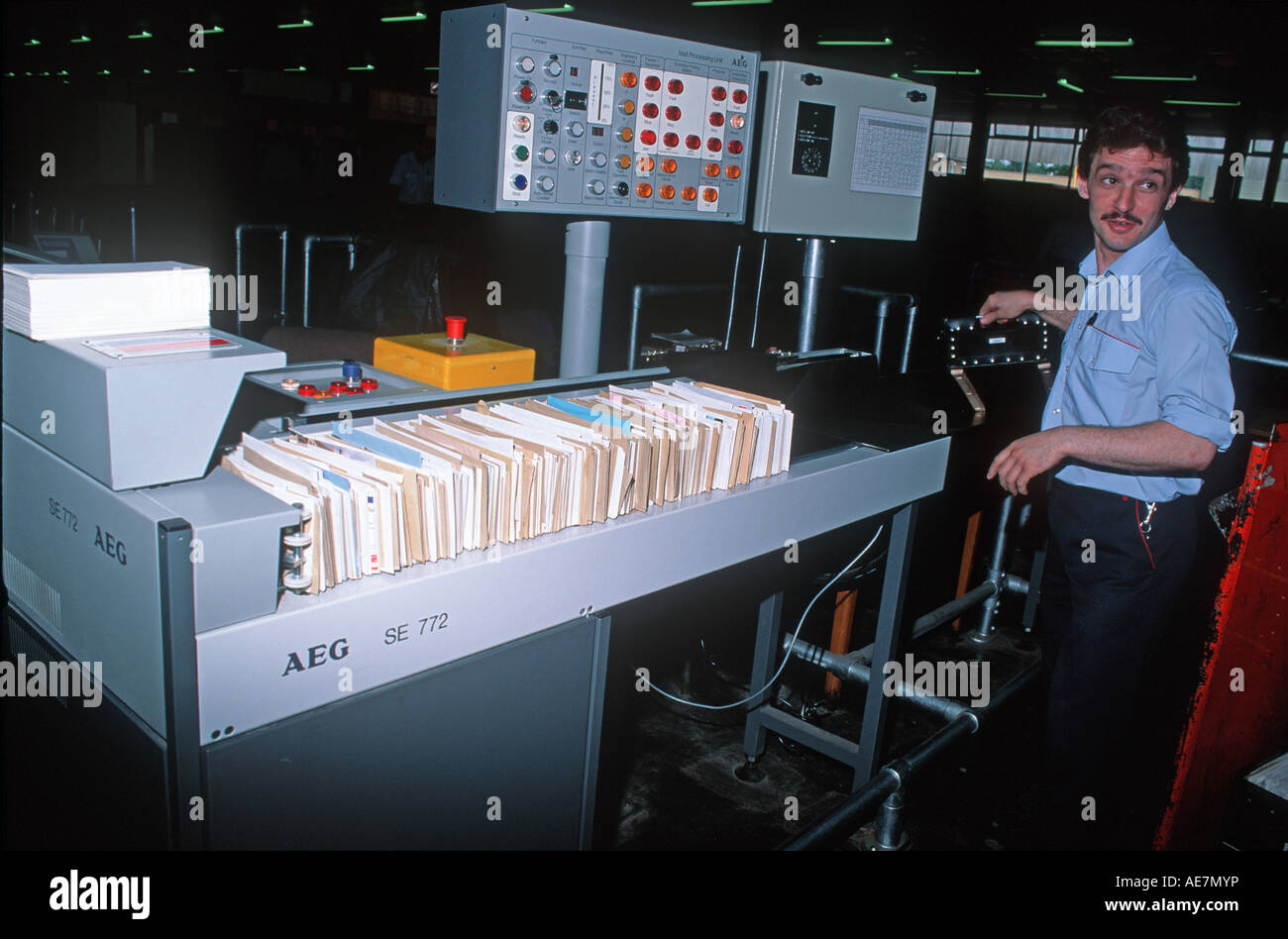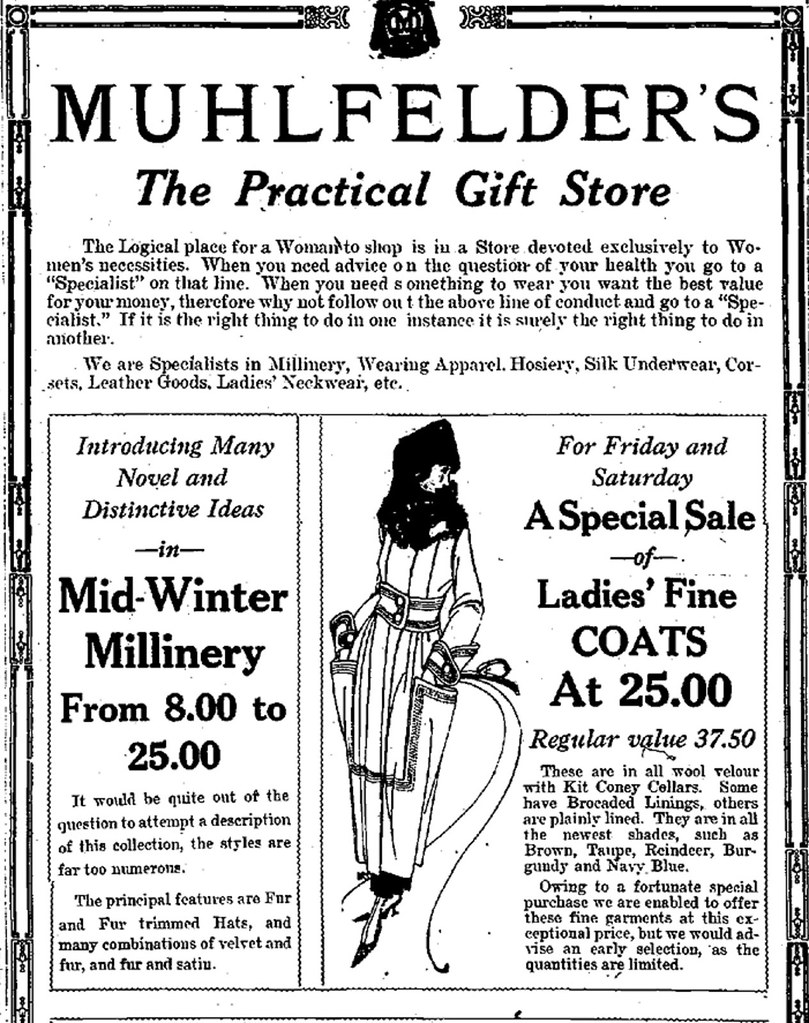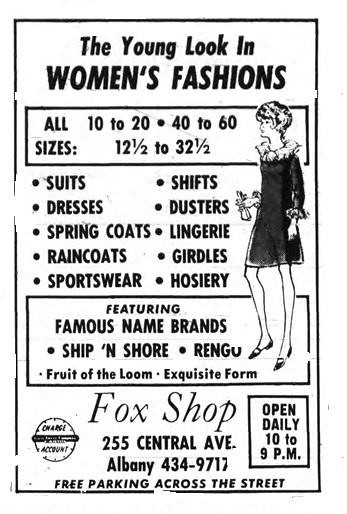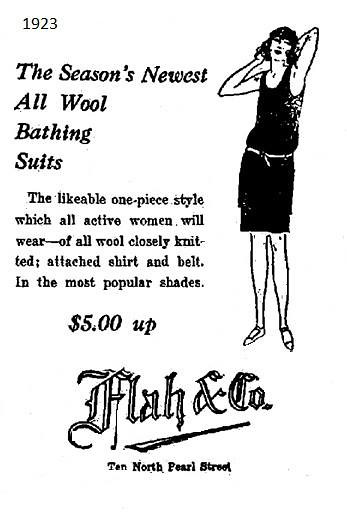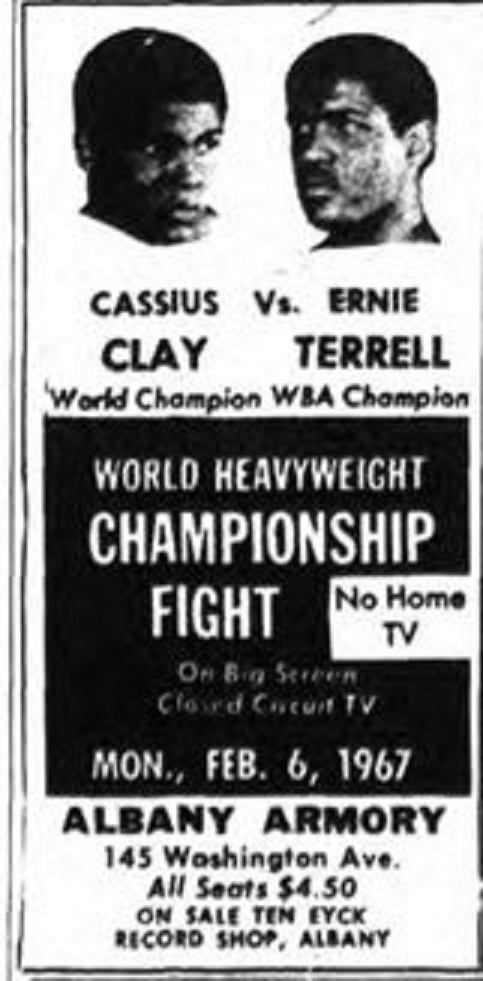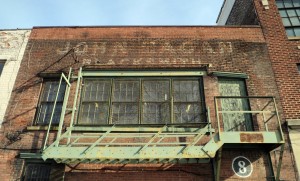Religious Albany, New York, Saint Peter’s Bell
Religious Albany, New York, Saint Peter’s Church, State Street and Barracks (Chapel) Street
Religious Albany, New York, Saint Peter’s Church, State Street and Barracks (Chapel) Street
https://www.google.com/maps/dir/125+Eagle+St,+Albany,+NY+12202/107+State+St,+Albany,+NY+12207/10+Lodge+Street,+Albany,+NY/First+Church+In+Albany,+110+N+Pearl+St,+Albany,+NY+12207/St+Joseph’s+Terrace,+Albany,+NY+12210/62+S+Swan+St,+Albany,+NY+12210/275+State+St,+Albany,+NY+12210/405+Quail+St,+Albany,+NY+12208/@42.6598593,-73.7762165,13.3z/data=!4m50!4m49!1m5!1m1!1s0x89de0a22cd423549:0x877219abd8418f10!2m2!1d-73.7598914!2d42.6476819!1m5!1m1!1s0x89de0a2421936aef:0x5e76103e93a9bc4a!2m2!1d-73.7540206!2d42.6509774!1m5!1m1!1s0x89de0a26623558bb:0x8d27a196fb19e89e!2m2!1d-73.7528015!2d42.6518573!1m5!1m1!1s0x89de0a2633c7330d:0xddf36129e1230a2a!2m2!1d-73.7506732!2d42.6535577!1m5!1m1!1s0x89de0a29183502b7:0xdad04f1af8d6f903!2m2!1d-73.752369!2d42.656719!1m5!1m1!1s0x89de0a2566b76f59:0x78352f4963991a72!2m2!1d-73.7578227!2d42.6546411!1m5!1m1!1s0x89de0a3aeb2b8d9b:0xb171ffbab8d18106!2m2!1d-73.7610466!2d42.6543185!1m5!1m1!1s0x89de0a5c7e0e0f4b:0xd337c53bd827be9d!2m2!1d-73.786095!2d42.6540589!3e2?hl=en
https://www.google.com/maps/dir/125+Eagle+St,+Albany,+NY+12202/107+State+St,+Albany,+NY+12207/10+Lodge+Street,+Albany,+NY/First+Church+In+Albany,+110+N+Pearl+St,+Albany,+NY+12207/St+Joseph’s+Terrace,+Albany,+NY+12210/62+S+Swan+St,+Albany,+NY+12210/275+State+St,+Albany,+NY+12210/405+Quail+St,+Albany,+NY+12208/@42.6598593,-73.7762165,13.3z/data=!4m50!4m49!1m5!1m1!1s0x89de0a22cd423549:0x877219abd8418f10!2m2!1d-73.7598914!2d42.6476819!1m5!1m1!1s0x89de0a2421936aef:0x5e76103e93a9bc4a!2m2!1d-73.7540206!2d42.6509774!1m5!1m1!1s0x89de0a26623558bb:0x8d27a196fb19e89e!2m2!1d-73.7528015!2d42.6518573!1m5!1m1!1s0x89de0a2633c7330d:0xddf36129e1230a2a!2m2!1d-73.7506732!2d42.6535577!1m5!1m1!1s0x89de0a29183502b7:0xdad04f1af8d6f903!2m2!1d-73.752369!2d42.656719!1m5!1m1!1s0x89de0a2566b76f59:0x78352f4963991a72!2m2!1d-73.7578227!2d42.6546411!1m5!1m1!1s0x89de0a3aeb2b8d9b:0xb171ffbab8d18106!2m2!1d-73.7610466!2d42.6543185!1m5!1m1!1s0x89de0a5c7e0e0f4b:0xd337c53bd827be9d!2m2!1d-73.786095!2d42.6540589!3e2?hl=en
Cleveland Walking Tour: St. Augustine, Pilgrim Church, Old Stone Church
http://clevelandhistorical.org/items/show/103#.VsNKVvkrIdU
http://clevelandhistorical.org/items/show/93#.VsNLFfkrIdU
http://clevelandhistorical.org/items/show/165#.VsNLafkrIdU

